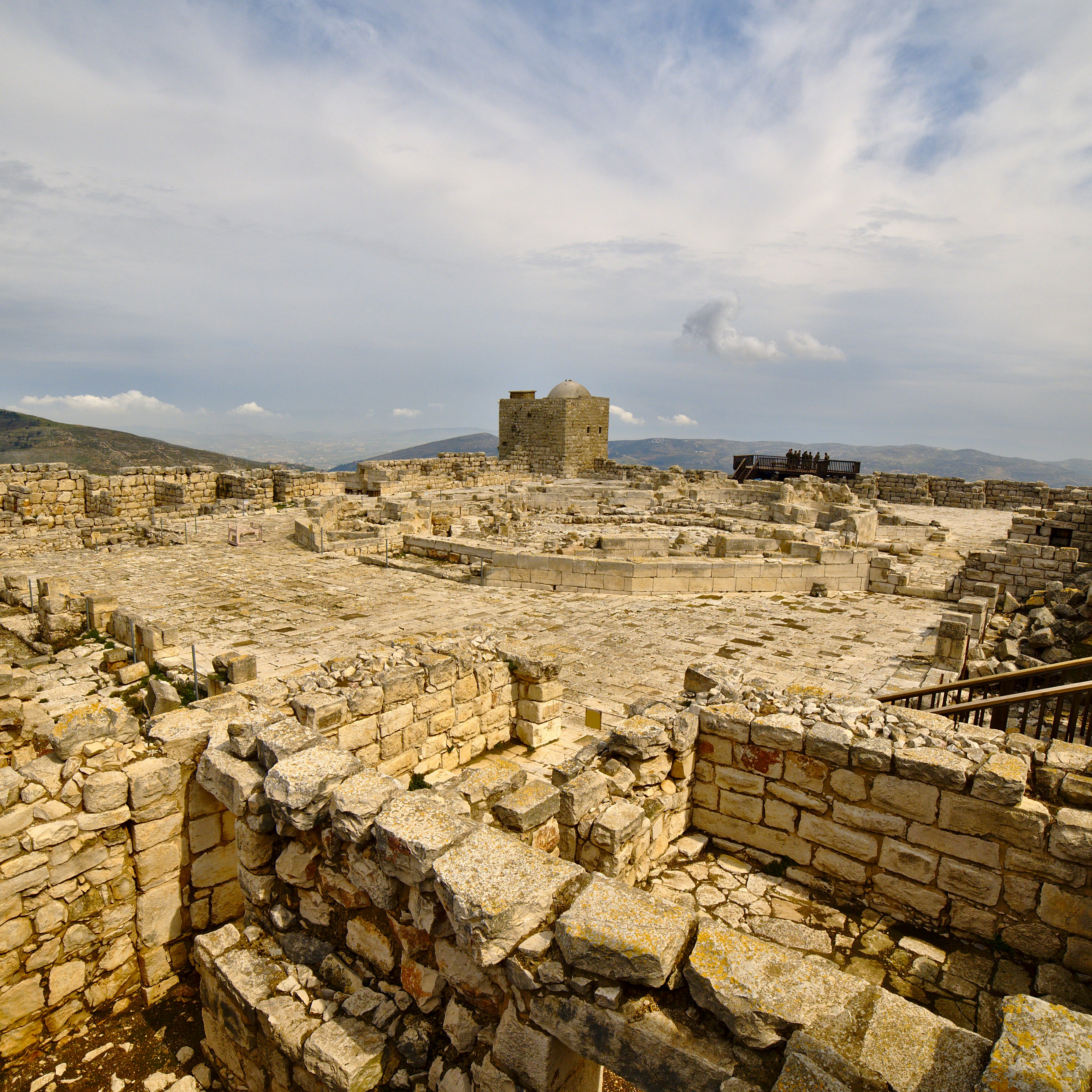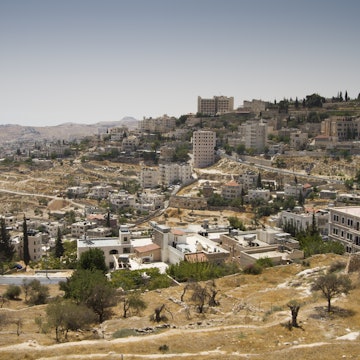

Overview
Split between the West Bank, with its sun-baked hills, chaotic cities and ancient biblical sites, and Gaza, a war-ravaged strip of coastal land sealed on three sides by Israel and Egypt, the Palestinian Territories has long been an unorthodox stop on a Middle East itinerary.
Plan your trip with Guide, an AI travel planner!
Create a personalized trip itinerary in seconds using artificial intelligence.
Must-see attractions
in partnership with getyourguide







